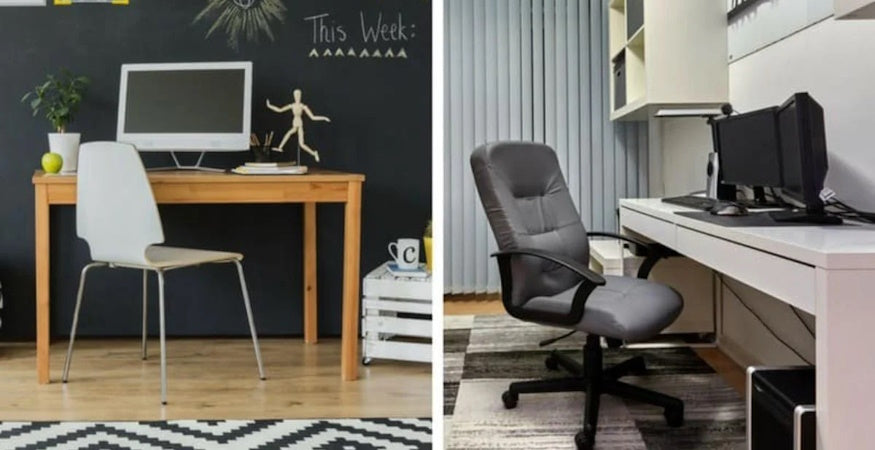When it comes to furnishing your office or workspace, the choice between a table and a desk can be a bit confusing. Both serve similar purposes, but there are distinct differences that can impact the functionality and aesthetic of your space. In this blog post, we'll explore the key distinctions between tables and desks to help you make the best decision for your needs.
Size and Dimensions
One of the primary differences between tables and desks is their size and dimensions. Tables are generally larger and designed to accommodate multiple people, while desks are typically smaller and more suited for individual use. Desks often have a compact footprint, making them ideal for smaller spaces or home offices. Tables, on the other hand, can range from compact to expansive, depending on the intended use, such as a conference table or a dining table.
Purpose and Functionality
The purpose and functionality of tables and desks also differ. Desks are primarily designed for individual work, with features like drawers, shelves, and cable management to keep your workspace organized and efficient. They are often equipped with a dedicated surface for writing, typing, or using a computer. Tables, on the other hand, are more versatile and can serve a variety of purposes, such as dining, meeting, or even as a shared workspace for multiple people.
Aesthetic Considerations
The aesthetic appeal of tables and desks can also vary. Desks are typically more streamlined and minimalist in design, with a focus on functionality and efficiency. They can come in a range of styles, from traditional to modern, to suit different office or home decor preferences. Tables, on the other hand, can be more visually striking, with a wider range of materials, shapes, and designs to choose from, making them a more prominent feature in a room.
Ergonomics and Comfort
When it comes to ergonomics and comfort, desks often have the advantage. Desks are designed with the user's posture and comfort in mind, with features like adjustable heights, built-in keyboard trays, and ergonomic chair support. Tables, while they can be comfortable for dining or casual work, may not offer the same level of ergonomic support for prolonged use.
Ultimately, the choice between a table and a desk comes down to your specific needs, the available space, and your personal preferences. Consider factors like the size of your workspace, the type of tasks you'll be performing, and the overall aesthetic you're aiming for. With a clear understanding of the differences between tables and desks, you can make an informed decision that will enhance the functionality and style of your office or home workspace.

